Sandhill Cranes near Willcox
Seeing these wintering birds is always a special experience
Tens of thousands of Sandhill Cranes winter in southeastern Arizona annually between October and February. The most well-known winter roost is at the Whitewater Draw Wildlife area, managed by Arizona Game and Fish, an hour south of Willcox. However, there are a few other area spots to find them. I heard that a good number were to be seen right outside of Willcox at the Twin Lakes Golf Course, also known as Cochise Lake. We traveled there a few weeks ago, arriving at around 10:45 AM. As we drove up to the empty lake, only one lone Sandhill Crane appeared and began circling around the lake. We watched it for just a minute......
...and then looked up in the air to see flocks and flocks of Sandhill Cranes approaching the lake. At sunrise, the Cranes fly out to area farm fields to feed on corn and other agricultural waste grains. What we were seeing was the many Cranes that return to the shallow water at midday for a short break.
For two hours, we watched as Sandhill Cranes arrived in groups ranging in size from 50 to several hundred. The endless arrival of birds accompanied by their unmistakable sound was mesmerizing. Play this sound while looking at the photos of the cranes (click here)
Just as we would think we were seeing the last of the Cranes, others would drop in from beyond sight, high in the sky. In the photo below, you can see distant specks- those are another large group of Cranes dropping down from the heights and intent on landing in the lake in front of us. Clicking on the image may enlarge it to enable a better look at the faint, distant Cranes.
The Sandhill Cranes fly with their legs behind them. Once they decided on a landing spot, they would lower their legs and lower their heads, aiming for the ground. Sandhill Cranes have a wingspan of about 6.5 feet and are four feet long (measured from tip of the beak to end of the tail).
Among a crowded grassy island or in shallow water, there is room for many more cranes. Each incoming Sandhill Crane spots a desired landing spot and, with its head lowered behind its wing feathers, drops right down on the exact space it was aiming for.
As the island filled up with Cranes, the newest arrivals began looking for shallow water closer to where we were standing.
These large birds land gracefully and 'stick' their landing, coming to a quick stop.
Sandhill Cranes are gray birds that may have a rusty wash on their sides. The adults have droopy feathers on their tail that form a 'bustle'. Adult Sandhill Cranes have a red face and crown.
Sandhill Cranes begin breeding at about 7 years of age. They mate for life, and you can assume that any pairs you see are a mated pair.
This pair definitely is a couple.
An immature Sandhill Crane can be seen among this group of adults. The bird with the light, rusty/brown crown is an immature Crane. By the end of this first winter, this young bird will have developed its red crown.
By the end of February, our wintering Sandhill Cranes will begin their flights back north to their breeding grounds. They will return next winter to the Willcox area and Whitewater Draw. It's worth the short drive to see them.
See you next year!!


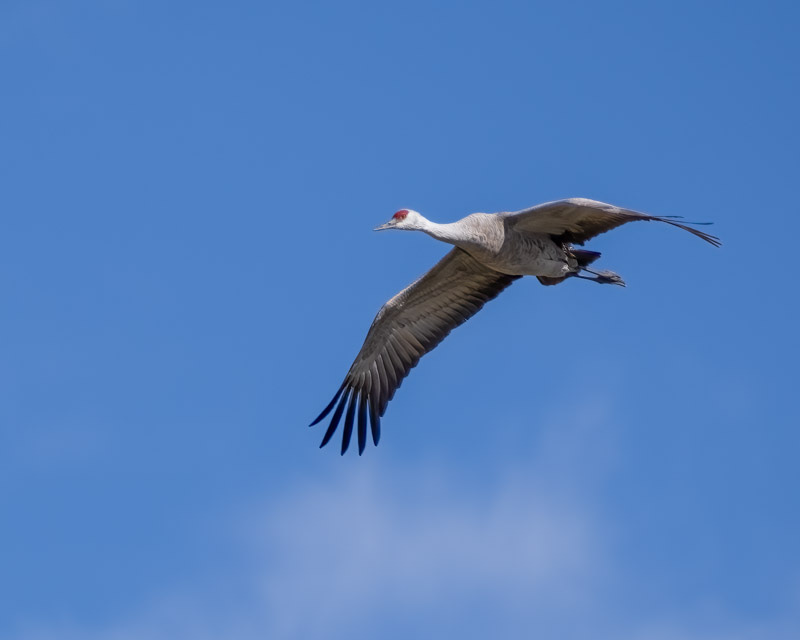
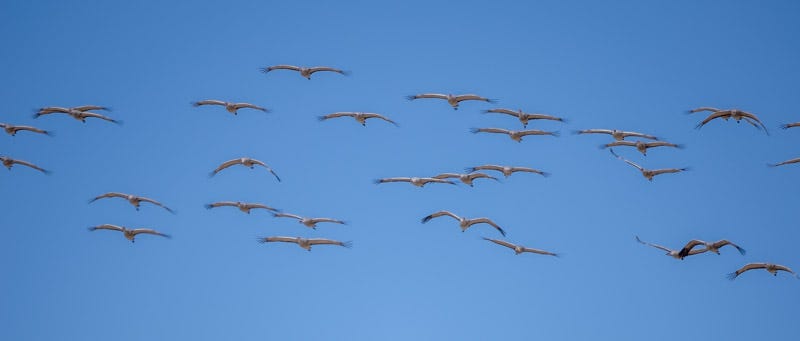
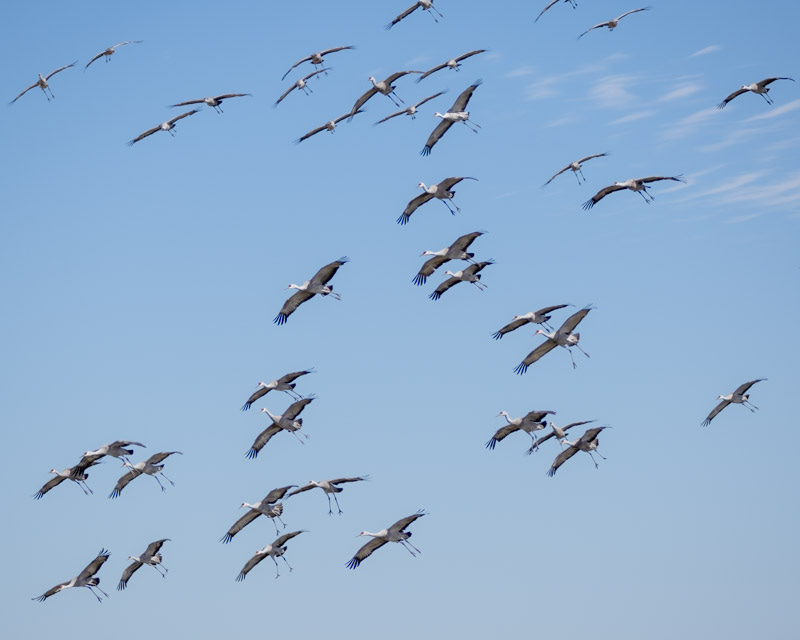
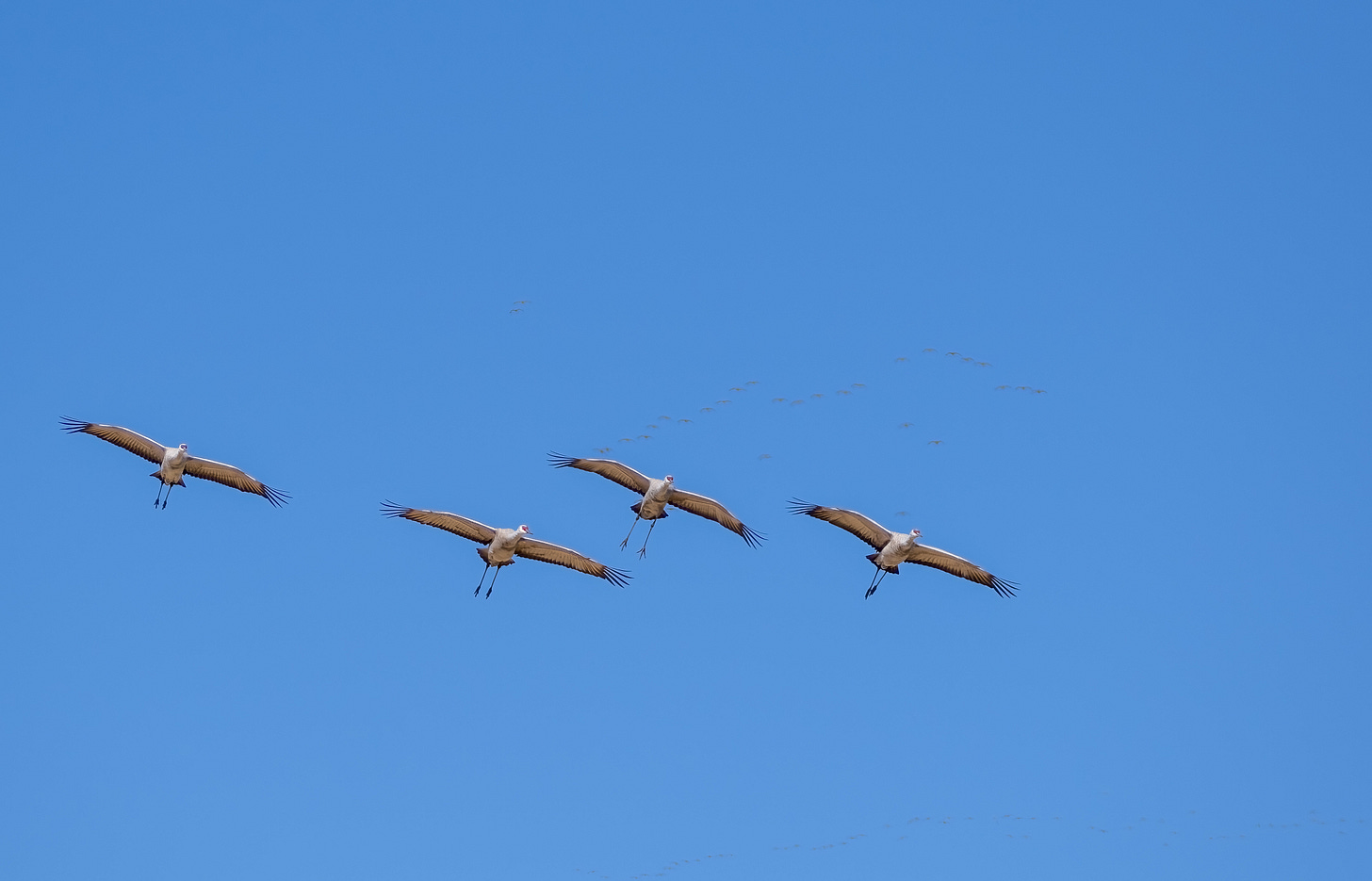
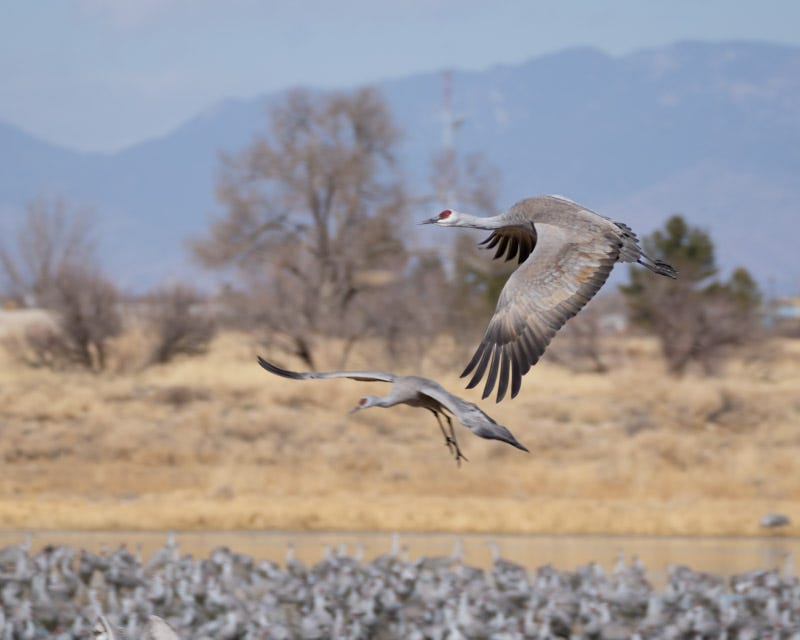

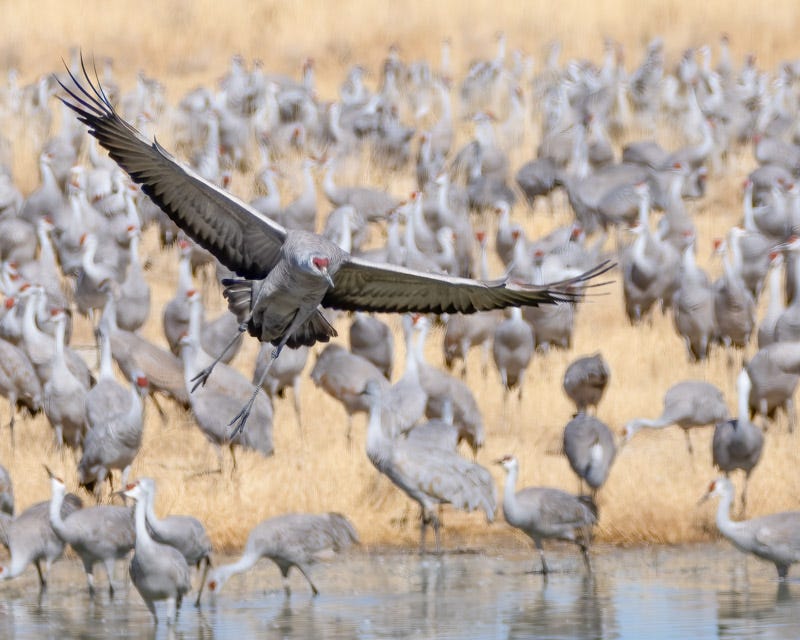
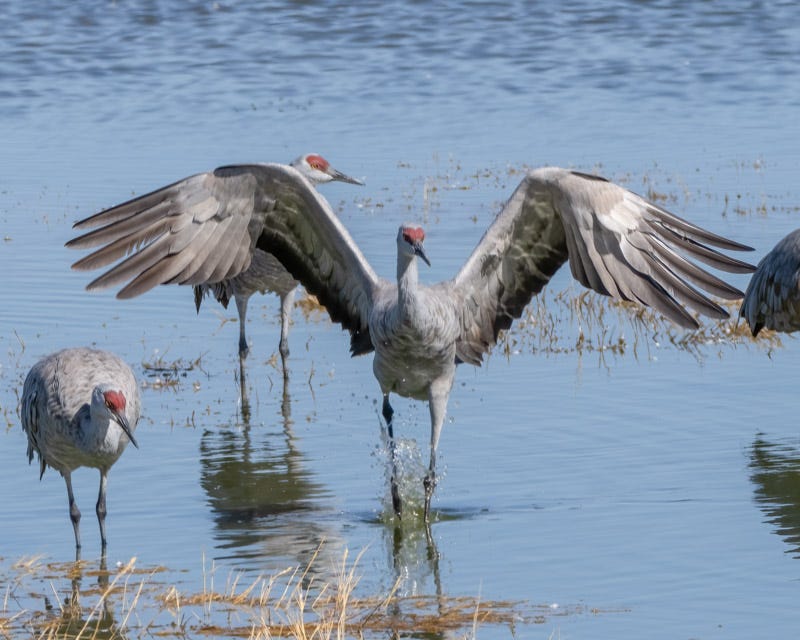
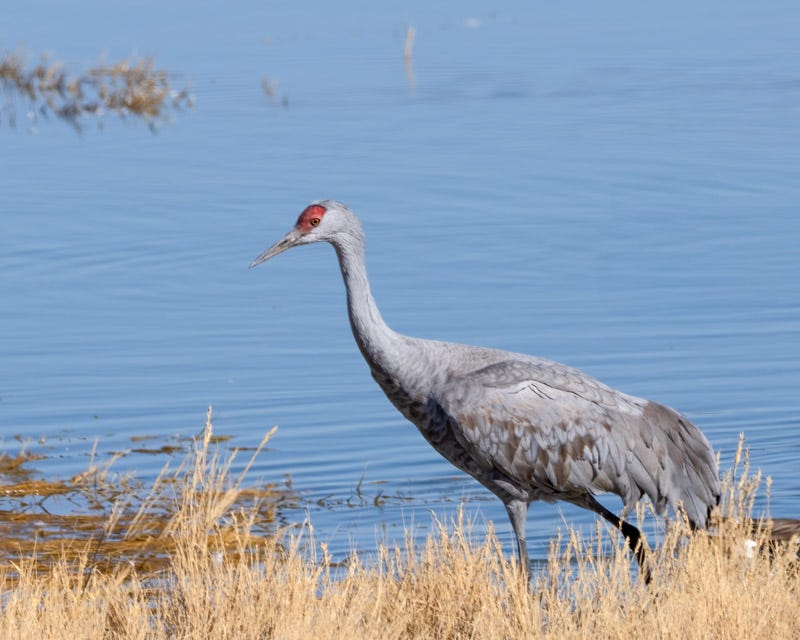
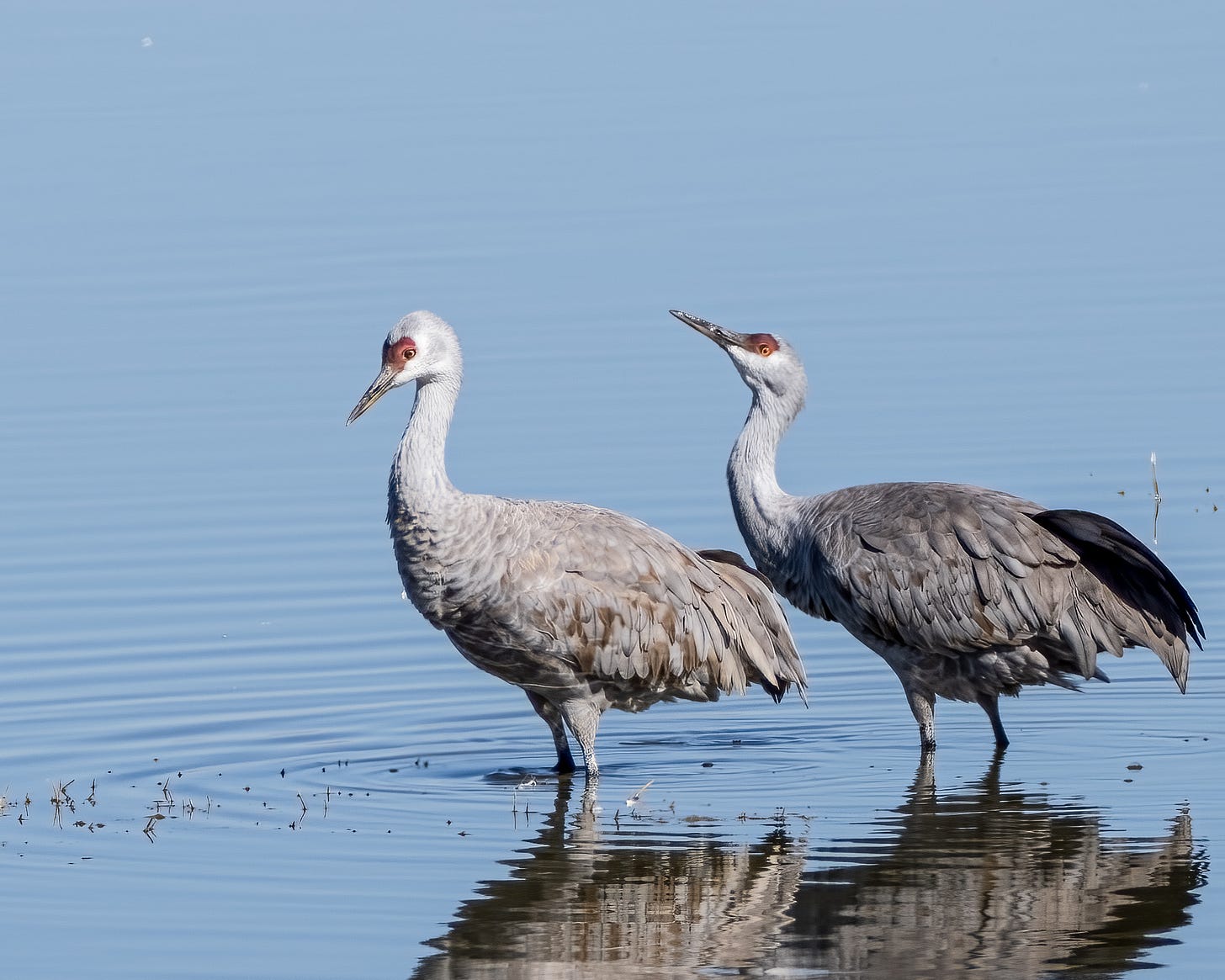
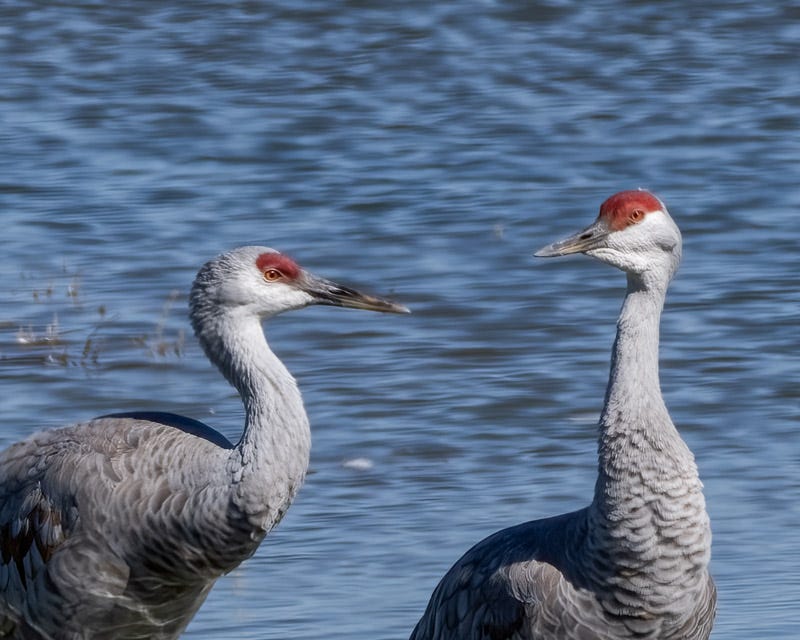
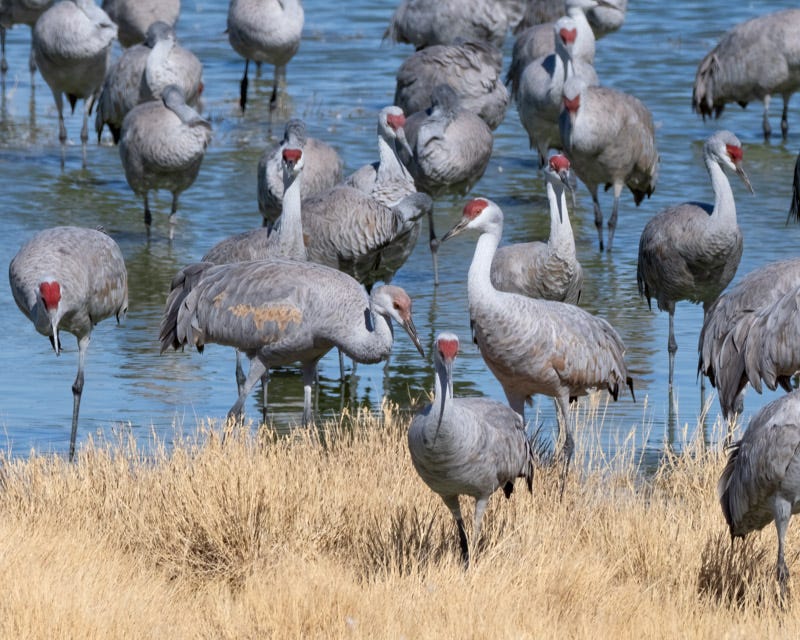
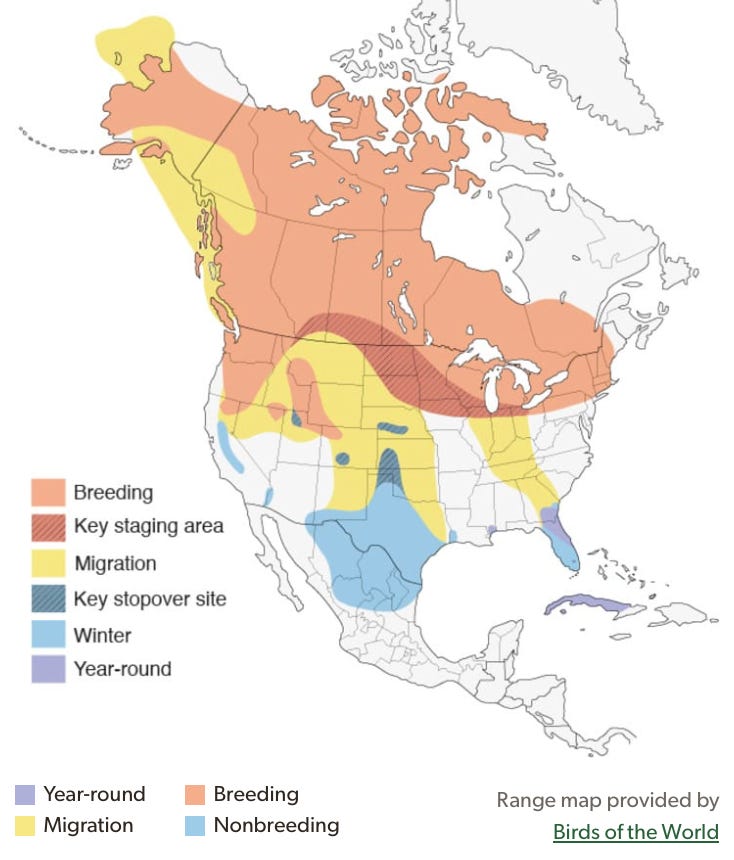
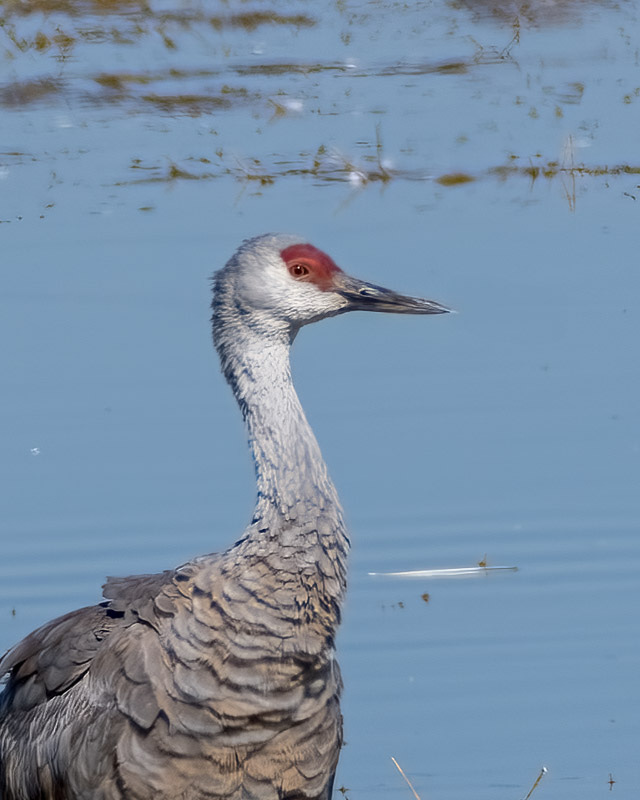
Great photos Dan!
These are magnificent birds and magnificent photos! I got strangely emotional seeing their beauty and hearing their sounds. It must be a very special experience to see them each year!